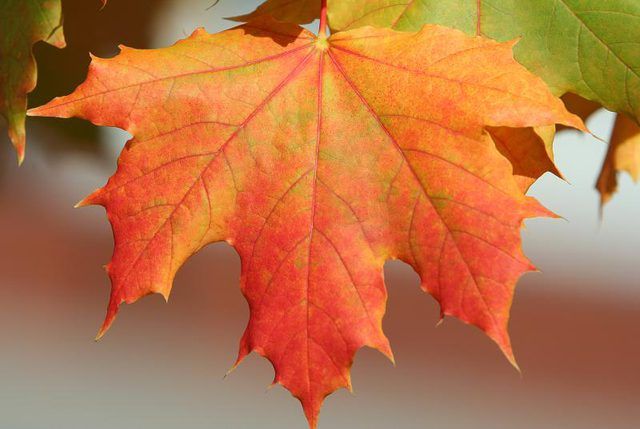Bulbs
Flower Basics
Flower Beds & Specialty Gardens
Flower Garden
Garden Furniture
Garden Gnomes
Garden Seeds
Garden Sheds
Garden Statues
Garden Tools & Supplies
Gardening Basics
Green & Organic
Groundcovers & Vines
Growing Annuals
Growing Basil
Growing Beans
Growing Berries
Growing Blueberries
Growing Cactus
Growing Corn
Growing Cotton
Growing Edibles
Growing Flowers
Growing Garlic
Growing Grapes
Growing Grass
Growing Herbs
Growing Jasmine
Growing Mint
Growing Mushrooms
Orchids
Growing Peanuts
Growing Perennials
Growing Plants
Growing Rosemary
Growing Roses
Growing Strawberries
Growing Sunflowers
Growing Thyme
Growing Tomatoes
Growing Tulips
Growing Vegetables
Herb Basics
Herb Garden
Indoor Growing
Landscaping Basics
Landscaping Patios
Landscaping Plants
Landscaping Shrubs
Landscaping Trees
Landscaping Walks & Pathways
Lawn Basics
Lawn Maintenance
Lawn Mowers
Lawn Ornaments
Lawn Planting
Lawn Tools
Outdoor Growing
Overall Landscape Planning
Pests, Weeds & Problems
Plant Basics
Rock Garden
Rose Garden
Shrubs
Soil
Specialty Gardens
Trees
Vegetable Garden
Yard Maintenance
New York State Tree Identification
New York State Tree Identification. The sugar maple (Acer saccharum) was designated the state tree of New York in 1956. Also known as hard maple, sugartree and birds-eye maple, it's one of the more useful trees in the Northeast, growing wild and cultivated throughout New York state. Native to the northeastern United States, this tree was important...

The sugar maple (Acer saccharum) was designated the state tree of New York in 1956. Also known as hard maple, sugartree and birds-eye maple, it's one of the more useful trees in the Northeast, growing wild and cultivated throughout New York state. Native to the northeastern United States, this tree was important to the Native Americans and the first colonists as one of only two sources of sugar, the other being honey. The sugar maple was chosen for the state tree for its economic and historical importance, and is still the most common maple species in the state.
Identification
Sugar maples are deciduous and, like all maples, are opposite branching trees, meaning that branches, buds and leaves grow opposite each other on the stem. They are big trees that usually grow 70 to 90 feet tall. The leaves are single, usually five-lobed, and dark green on the top and lighter underneath, turning bright orange or red in the fall. In open conditions, sugar maples develop massive canopies -- up to 80 feet -- but inside a forest they grow slimmer crowns. The bark starts dark grey and develops a shaggy brown look as the tree gets older.
Growing Sugar Maples
Sugar maples are hardy in U.S. Department of Agriculture plant hardiness zones 3 through 8. Cold winters and warm -- but not hot -- summers are ideal, although periods of high heat shouldn't harm healthy trees, especially if they are well watered. Being forest trees they will grow fine in shade, but for faster growth they should be planted in sunny areas. They should be provided with plenty of space to reach their mature height. Sugar maples are intolerant of soil compaction and road salt. They tolerate a wide range of soils, but the ideal soil will be deep, moist and well drained.
Sugaring
One of the biggest reasons sugar maples are cultivated today is sugaring -- that is, so that the trees can be tapped for sap to make syrup and sugar. Forty gallons of sap are required to make 1 gallon of syrup, and one tree can produce about 8 gallons of sap per year. Growing conditions for syrup trees should be open, so that the trees produce wide crowns with lots of leaves. This leads to more sugar in the sap. Trees are tapped in the early spring, when the nights are below freezing and the days above freezing.
Growing as an Ornamental
While sugar maples are also grown for their lumber, which can be used for anything from furniture to flooring, growing it as a native ornamental and shade tree is popular with homeowners. The dense crowns of open grown trees produce deep shade in summer, and the flame-orange fall foliage is one of the colors that makes New York state popular in the fall. Hardy trees that require little maintenance, they are also grown to attract wildlife, and are an important food source for deer, squirrels, bees and even porcupines.